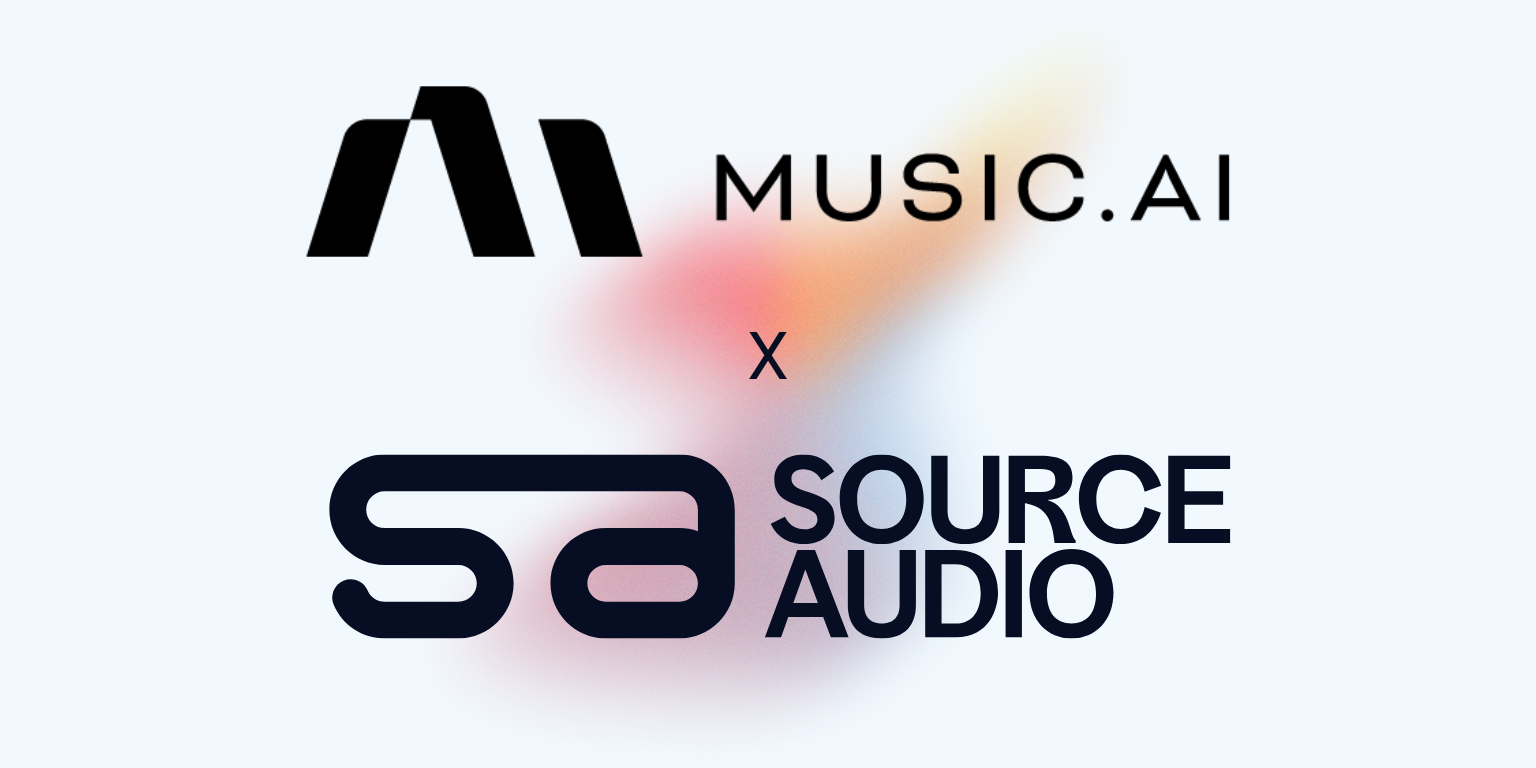LUFS: The Industry Standard for Setting Audio Levels
Updated December 18, 2020

dB levels don’t tell the whole story. LUFS are used in mixing, mastering, and broadcast standards to set truly consistent audio levels for human perception.
The Loudness War
“The loudness war” has had a massive impact on the development of music production over the past 70 years. The concept originated from the observation that records cut at a louder volume would get more plays on jukeboxes, but options for boosting perceived loudness were limited at that time due to physical limitations of vinyl records. The advent of CDs and other modern music production technologies largely did away with those limitations and marked the beginning of an endless race to create the loudest sounding tracks possible.
As loudness became an issue, the regulation of these audio levels in broadcasting was originally handled by a team of sound operators who used both their ears and console meters to manually mix even levels. Over the years, these workers were replaced by automated programs which made mix adjustments based on the broadcast standard Permitted Maximum Level (PML), and it wasn’t long before advertisers realized they could cheat this system to create heinously loud sounding mixes through the use of heavy compression.
The industry needed a new way to measure audio, and thus, LUFS were created to satisfy this need.
What are LUFS?
LUFS stands for Loudness Units relative to Full Scale and is still the latest and most accurate technology available for measuring perceived audio loudness. Today LUFS are used to set audio level standards in film, broadcast television, radio, and on streaming platforms like Spotify and Apple Music.
For example, YouTube and Spotify both stream audio at around -14LUFS.
While prior systems based their mix levels on audio peaks, LUFS employ a more advanced analysis of the signal to more accurately account for human perception. Measurement in LUFS also creates mixes that sound better and more consistent across the wide variety of sound systems that media is consumed on.
Listed below are various important values in a sound mix, all of which are measured in LUFS (unless otherwise noted).
Integrated Loudness helps a sound editor determine how much louder a loud scene should be in comparison to a quiet scene. Since the sonic qualities of those two scenes are very different, LUFS provide the most accurate information possible.
Dynamic Range is similar to integrated loudness, as it refers to the difference between the loudest moments of sound in a track and the quietest moments of sound. Since the data is all in the same track, it’s actually measured in LU, not LUFS.
Short term LUFS offer a closer view on a small section of a track to fine tune bits of the track that might otherwise miss the mark for loudness.
Momentary LUFS refers to the shortest possible period of LUFS measurement and typically measures across 400 ms of audio.
The advanced applications of these values come into play most of all in mastering. Audio measurement in LUFS has become an indispensable tool to guide the mastering process so that mastering engineers are able to push volume levels to their technical limit without ever exceeding it.
All of these applications work together to ensure that the audio sounds consistent and full across the entire span of the production and on any sound system.

Industry-Leading Stem Separation Comes to SourceAudio
We are excited to announce our latest partnership with Music.AI, bringing groundbreaking AI-powered stem separation directly to our platform! This integration allows you to create broadcast-quality instrumentals and stems with unmatched pr...[ READ MORE ]

FREE AI METADATA – Now on All Catalog Manager Sites
Supercharge your music library with cutting-edge AI-powered metadata -- on us! Every Catalog Manager site now comes with FREE AI metadata tagging for your entire catalog. Leverage this incredible tool now, and read on to learn how it can d...[ READ MORE ]

File Delivery is Now Free and Included for All Catalog Manager Sites
Every Catalog Manager site now comes with 250GB of FREE file transfer space every month – that's approximately 9,000 WAV files, every month. Not using file delivery yet? Here are 11 ways this powerful tool can supercharge your business....[ READ MORE ]

Our E-commerce Add-on Is Now Free for All Catalog Manager Sites
E-commerce is now free for everyone! In the spirit of creating as much value as possible for our community and clients, what was once a paid add-on is now free for everyone. Not using e-commerce on your SourceAudio site yet? Here are 12 way...[ READ MORE ]




